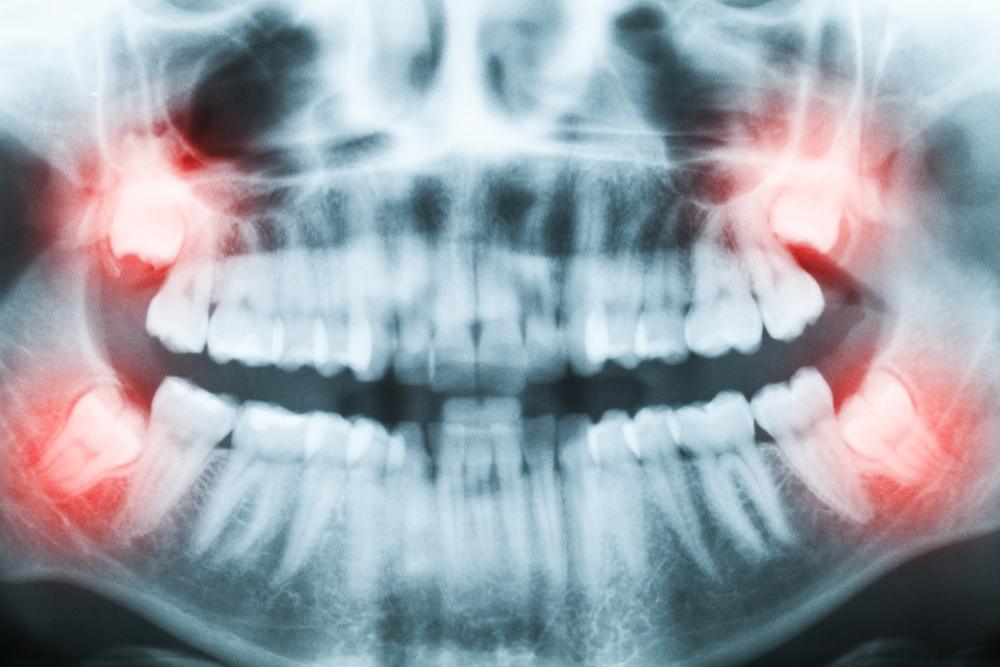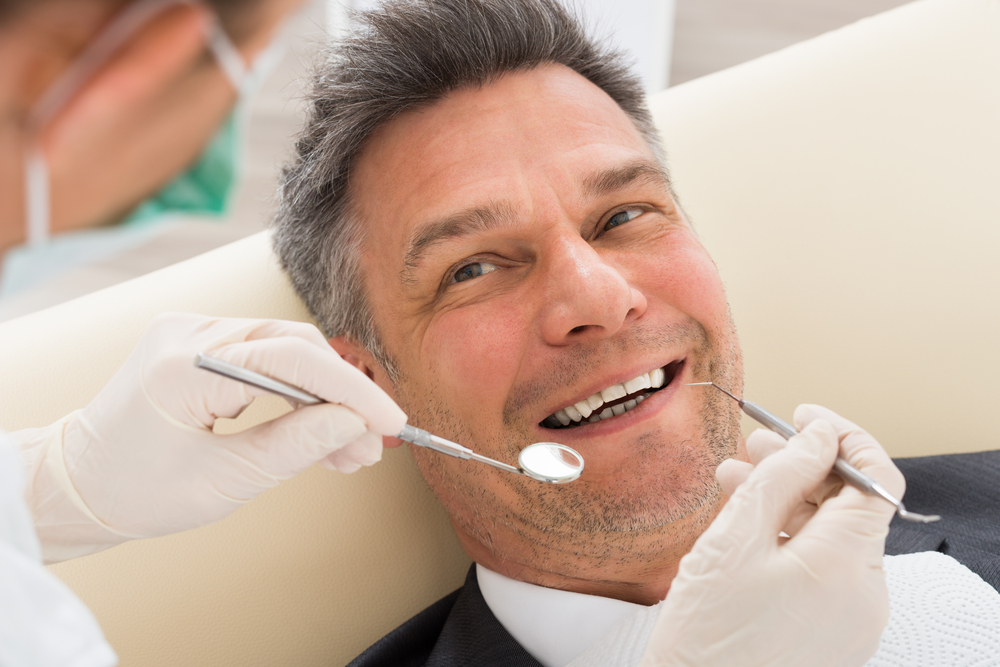What To Expect Before, During And After Wisdom Tooth Extraction
What happens when you get a wisdom tooth extracted? What can you expect after such a serious procedure? Let’s take a look in more detail below.
Wisdom teeth normally appear between the ages of 17 and 25, a period that is known as attaining ‘the age of wisdom’ – although they have nothing to do with providing wisdom.
Your local dentist may be the first to break the news during a routine inspection that a wisdom tooth is starting to breakthrough.
Not everyone develops this third set of molars but the average person normally produces four wisdom teeth and according to statistics at least 90% experience one or more impactions.
Impacted wisdom teeth occur when there is not enough space for the tooth to break through the gum causing pain, extreme discomfort, and other dental health risks. The worst thing a person can do is to ignore them.
Do Wisdom Teeth Have a Purpose?
Humans from prehistoric times had stronger, larger jaws and a third set of molars to help them chew through raw meat and tough plant matter.
They also tended to lose their teeth so a third set of molars developed at around 6 years of age ensuring that there was enough room for a second set to grow at age 12.
Fast forward through evolution to today and we find that the modern jaw size now has less space for wisdom teeth to erupt and they have a less functional purpose.
When to Have a Wisdom Tooth Extracted?
One of the main reasons for wisdom tooth extraction is when the tooth has become impacted or has erupted abnormally. The first symptoms are swelling, pain, and limited jaw mobility.
However, most people don’t experience any symptoms but it can still be problematic as wisdom teeth that do not grow in alignment with the rest of the teeth will not only cause tooth and gum problems but can also affect overall health.
Impacted teeth can lead to cysts, infection, and, most importantly, damage to adjacent teeth and proper jaw alignment.
If a wisdom tooth has room to erupt and is disease-free, it may be okay to leave it alone providing regular check-ups are carried out to track if there is any movement that will affect teeth alignment and there is no sign of disease.
The best age to remove wisdom teeth is during the teenage years as they present the least complications while the roots are not yet fully developed. As teeth continue to grow the roots become more established and reposition themselves.
As we get older extraction and related risks like injuring a nerve increases and after the age of thirty to forty and the recovery period tends to get longer.
What to Expect Before, During and After Wisdom Tooth Extraction
Examination
It all starts with a proper examination that includes an X-ray to determine how the tooth is positioned and what procedure needs to be followed.
If it is a straightforward procedure the extraction will be carried out by an oral surgeon or you will be referred to a specialist if there is a risk of complications.
Sedation
A form of numbing medication will be applied depending on how difficult the procedure will be and also how nervous you are.
Depending on the type of anaesthesia you may be asked to avoid food and drink for a number of hours before surgery. Sedation includes:
- Local anaesthesia where you will stay awake and feel a certain amount of pressure but no pain
- Sedation where you will still be awake but experience lessened consciousness so that you won’t remember much
- General anaesthesia where you will be completely knocked out.
Removal
The surgeon will make use of special instruments to disconnect the surrounding tissue before removing the tooth. Gauze plugs will be applied to promote blood clotting and help the wound heal faster. If necessary the surgeon will stitch the site up.
Recovery
After the procedure, you will be encouraged to take things easy for a while to allow yourself to heal. Depending on the type of sedation, you may feel a little groggy and need someone to take you home.
You will experience swelling and pain after the procedure and the surgeon will prescribe pain medication.
Your level of pain and discomfort will depend on how many teeth you had removed, whether they were impacted or not, and your personal sensitivity to pain.
Home Care
Barring complications, the pain will get better after a day or two. Ice packs can be applied to help relieve swelling and pain and to reduce the risk of bruising. You may be cautioned to eat only soft foods for a period of time.
Complications
Dry socket is one of the most common complications of wisdom tooth extraction and it is vitally important to follow post-procedure instructions carefully to avoid the excruciating pain from this condition.
You should stay hydrated and using a straw for a week or so may be recommended. However, using a straw for a long period of time may cause ‘dry socket’ to develop which is a very painful condition.
Dryness can cause the clot that formed over the extraction area to become dislodged, exposing nerves and bare bone, so can cleaning your mouth too forcefully or too soon after surgery.
In some cases removing wisdom teeth is essential; however, it is highly recommended to have them removed when you are younger rather than waiting until problems occur. The older the tooth the more difficult it becomes to remove.
Talk to your dentist if you are not sure whether you should have your wisdom teeth removed and why.
If you need to visit the dentist for advice on your wisdom teeth, or any type of dental procedure, then look no further than Gardens Dental.
Gardens Dental offers a full array of dental services in Taylors Lakes and Caroline Springs to help you and your family maintain healthy teeth.
To learn more about our services or make an appointment, please contact us today on (03) 9449 2626 or through our website.


